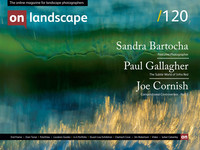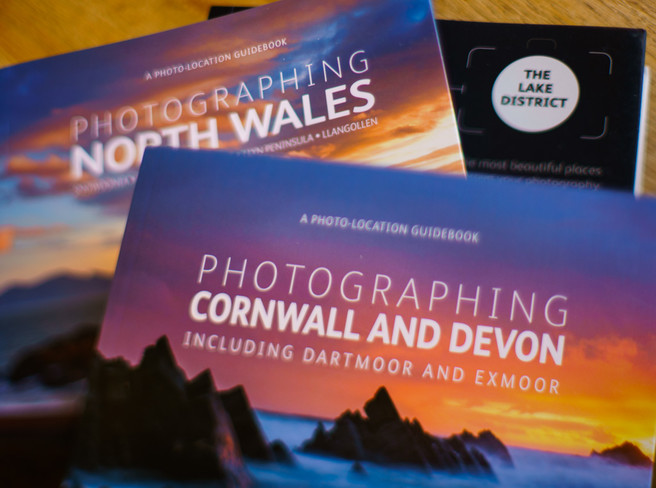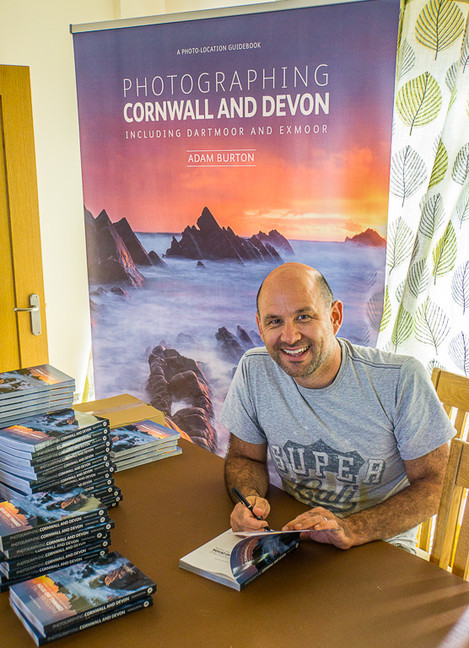10,270 km² in 270 Pages

Tim Parkin
Amateur Photographer who plays with big cameras and film when in between digital photographs.
Location guides are both a great idea and an abject failure, they promise a world of photographic opportunity but typically deliver the same old worn out locations with vague guidelines on which equipment to take and what month to go there (like Ashness Bridge only works with a 50mm at 5:30 on 23rd of September 2015 - sorry you’re too late and far too wide!). The descriptions are either too short to be of any use whatsoever, for example here’s one of my favourites found whilst researching this.
Iceland
A place which has somewhat mild temperatures for it’s latitude, relatively untouched landscapes, and a small population, Iceland provides a photographer with the perfect environment for taking great photos. You won’t have to go far to find open spaces, waterfalls, mountains, rivers, and amazing views.
Well!! … or they’re full of pointless facts gathered from a half hour Googling (and that you could find just as easily).
The problem is that making really good location guides are hard work and the truth is that there are so many places to take photographs in this country that in order to do them justice, you’d end up with a Brittanica-esque multi-volume set of tomes that would be more useful as ballast for your tripod than guides for photography.
Even when they are done well, you have to accept that what would be good for a beginner wouldn’t really satisfy someone more advanced and something interesting for the more ‘mature’ photographer would probably miss out all the icons that the beginner wants to have a go at.
So when it comes to reviewing location guides, you have to approach it with a certain persona in mind. We’ve reviewed a couple of location guide books in the past, a set by Long Valley Books and an almost FotoVue book by James Grant that ended up self-published.
Long Valley Books were great quick guides to key locations and James Grant’s epic guide to the Peak District was authoritative but the images more documentary in nature than inspirational (this could be a good thing or a bad thing depending on your viewpoint).
I received three new books by the publisher FotoVue a couple of weeks ago and have been spending a few evenings perusing them and trying to form an opinion. I’ll cut to the chase on two of these - Stuart Holmes’ guide to the Lake District and Simon Kitchen’s guide to North Wales. Both of these are reasonably well researched and have indicative pictures of what to expect throughout and if you’re new to the area, they undoubtedly give you useful information to familiarise yourself with some of the classic locations. As such they’re pretty much what you’d expect and you won’t go too far wrong.
The book I’d like to spend a little bit more time on is Adam Burton’s guide to Devon and Cornwall. FotoVue are onto a winner here - you really couldn’t want for a better photographer for a book like this. Adam’s work is well above par for this sort of book, he’s very familiar with the locations and from the looks of the images he’s visited most of them on more than one occasion and he’s an experienced writer who has obviously spent more than a few hours working on the project.
The result is a book that works in a range of ways. It’s pack full of decent photography, the suggestions and descriptions of locations provide an intriguing layer of trivia and finally the text provides a photographically relevant description of the opportunities of each location (something lacking in many guides). Nice work Adam!
Covering an area as vast as Cornwall and Devon in a book such as this has all of the problems raised at the start of this article but if we approach the book as ‘Grand Tour’ guide of the region for the unfamiliar then it works as well as it can. The only things I might suggest to improve matters would be some more detailed maps showing the locations described in the text.
If FotoVue can continue to contract photographers like Adam Burton to create their guides, they’re definitely onto a good thing.
You can buy the guides directly from the FotoVue website for around £20.











